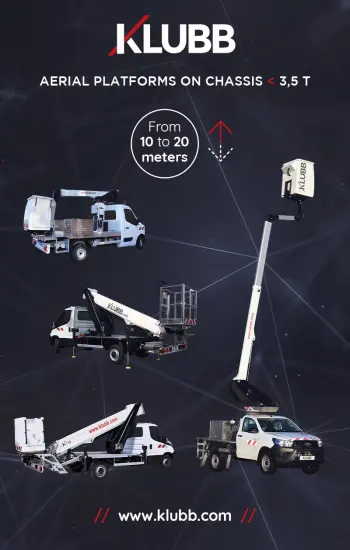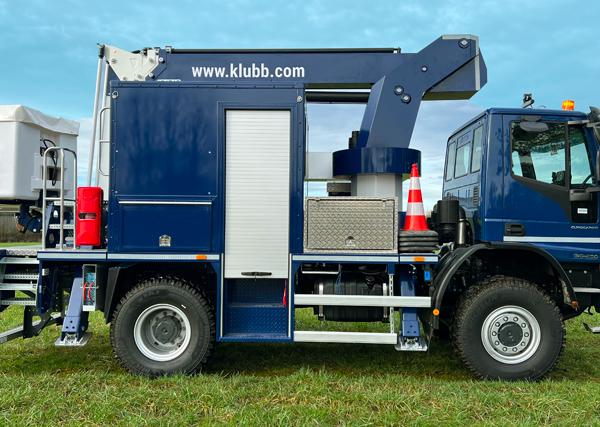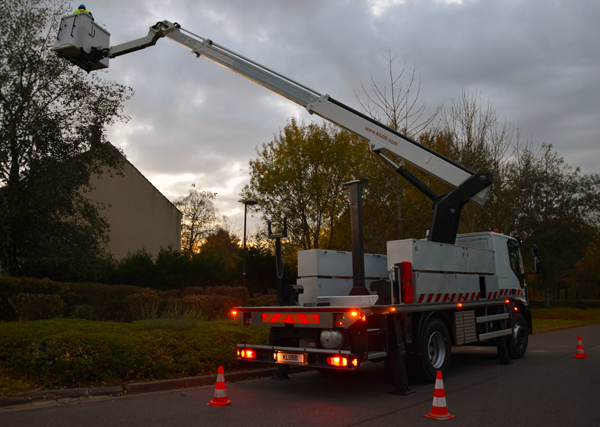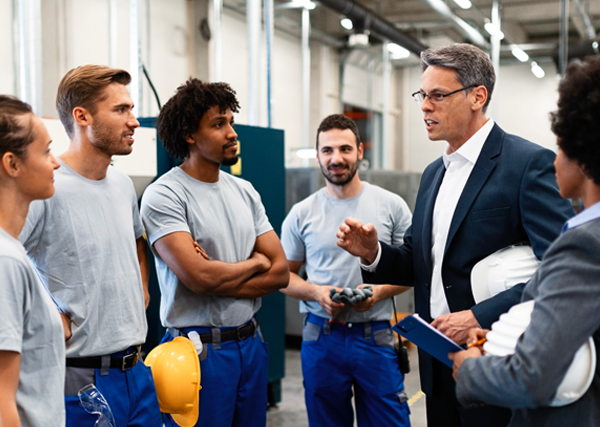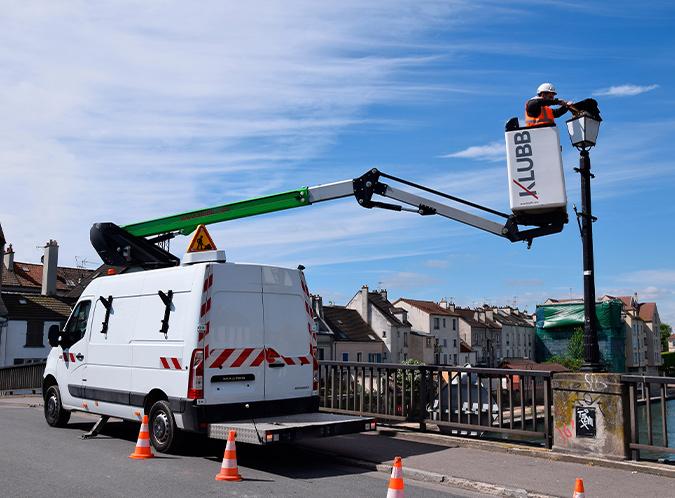
Aerial platform training is required for ensuring the proper use of AWP by your employees. During an AWP training they will learn more about safety procedures than how to use an AWP. These safety procedures emphasized during AWP training, like the IPAF training are listed below :
- Pre-operational inspection ;
- Proper use of safety gear ;
- Understanding load capacities ;
- Awareness of surroundings ;
- Proper positioning and stability ;
- Emergency procedures ;
- Effective communication ;
- Adhering to manufacturer’s guidelines ;
- Regular maintenance and servicing.
Let’s detailed these safety procedures
Pre-operational inspection
Your employees should meticulously examine the aerial platform before each use. They need to check for structural integrity, ensuring there are no cracks or damages. It's crucial for them to test control systems, safety devices, and emergency stop functions. They should also inspect hydraulic and electrical systems for leaks or faults, identifying potential issues that could compromise safety.
Regular pre-use checks are vital for operational safety. Your employees should look for tire wear, loose bolts, and listen for any unusual noises. They need to conduct operational tests to ensure controls respond correctly. Documenting these inspections is mandatory, maintaining a record of equipment health and preventing accidents due to equipment failure.
Proper use of safety gear
Safety gear, or personal protective equipment (PPE), is paramount for your employees' safety during aerial work. Harnesses and lanyards are crucial for fall prevention, and must be worn correctly, with straps adjusted snugly. Helmets, worn at all times on the platform, protect against head injuries from falling objects.
Training for your employees emphasizes correct PPE usage. For instance, harnesses must be connected to designated anchor points on the platform. Gloves and non-slip footwear enhance grip and stability, while eye protection shields against debris. Each piece of PPE forms a comprehensive safety barrier for the operator.
Understanding load capacities
Understanding load capacity is essential for your employees' safety. They must learn the maximum weight limits for different platforms, as exceeding these limits risks platform instability and potential collapse. Training should cover not just the weight of equipment, but also the combined weight of personnel, tools, and materials.
Your employees need to be adept at calculating total loads accurately, including their own weight, the weight of co-workers, and all tools or materials. Awareness of dynamic loads, like wind force, is also crucial to prevent tipping incidents.
Awareness of surroundings
Environmental awareness is critical for your employees operating aerial platforms. They need to identify overhead hazards like power lines and assess ground conditions to ensure the platform is on stable, level terrain. They should also monitor proximity to other equipment and personnel to avoid collisions.
Training includes teaching your employees how to respond to environmental changes, like adjusting operations during high winds. Awareness also extends to managing pedestrian traffic, ensuring bystander safety. This holistic approach to situational awareness is key to preventing accidents.
Proper positioning and stability
Training your employees on positioning and stability is crucial. They must learn to correctly set up and operate the platform, including extending outriggers on uneven ground for stability. They need to understand how to avoid overreaching, which can cause tipping, and the importance of gradual, controlled movements.
Stability is a function of proper setup and operation. Your employees should recognize signs of instability, like platform wobbling, and understand how load distribution affects stability. Mastery of these concepts is critical to maintain balance and prevent falls.
Emergency procedures
Emergency procedure training prepares your employees for unforeseen events. This includes learning manual override controls to lower the platform during power outages, and how to respond to hydraulic system failures. Knowledge of emergency descent procedures is mandatory.
Training should cover evacuation protocols in case of fire or structural failure, teaching your employees to remain calm and follow step-by-step emergency procedures. Basic first aid and emergency communication skills are also vital for operator and bystander safety.
Effective communication
Effective communication is integral to aerial work safety. Your employees need to use clear, concise language over radios or hand signals in noisy environments. They must maintain constant contact with ground personnel for coordinated movements and awareness of ground activities.
In scenarios with visual obstructions, your employees rely heavily on communication. They should articulate instructions and receive acknowledgments before proceeding. Training covers various communication methods, including electronic devices and visual aids. Clear communication is essential to prevent misunderstandings and accidents.
Adhering to manufacturer’s guidelines
Your employees must adhere to manufacturer guidelines for safety. They should follow specific instructions for each platform model, including understanding control functions, weight limits, and operational limitations. Referring to the manufacturer’s manual for detailed information is crucial.
Training emphasizes the importance of using platforms as intended by the manufacturer. Deviating from these guidelines can lead to unsafe operation. Your employees must respect these protocols, designed with safety and efficiency in mind.
Regular maintenance and servicing
Regular maintenance and servicing are vital for equipment longevity and safety. Your employees should understand the importance of routine checks and professional servicing schedules. They need to identify signs of wear and tear that require attention, such as checking for hydraulic fluid leaks and battery health.
Training also covers record-keeping of maintenance activities. Your employees should log every service and repair, maintaining a comprehensive history of the equipment. This vigilance ensures that platforms are always in optimal and safe working condition.

